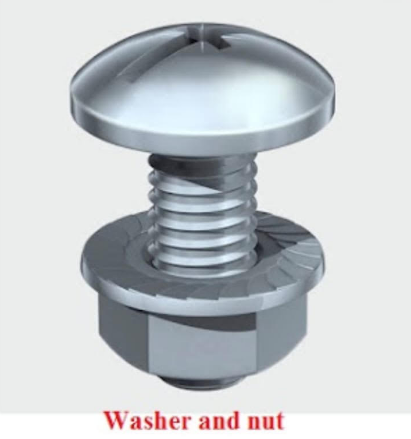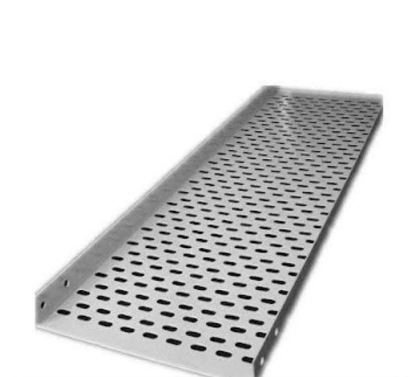
Cable Trays
Cable trays
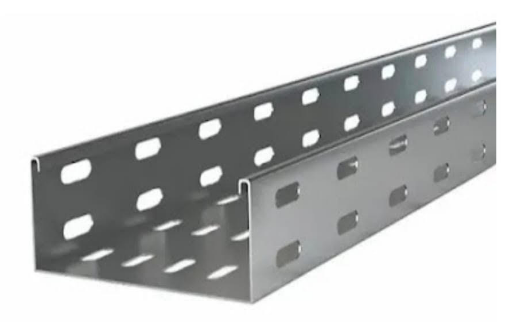
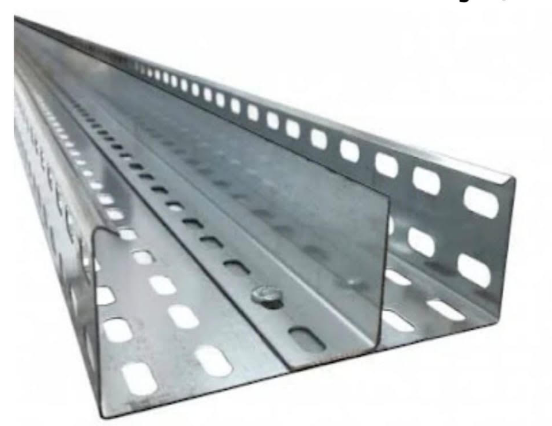
Dividers / barrier strips
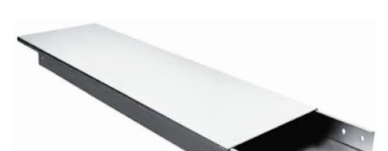
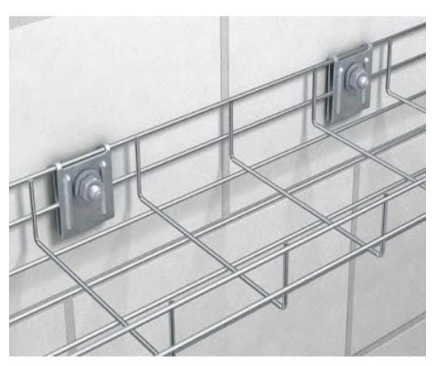
Wire mesh cable trays
Cable tray covers
The cover is used to cover the cable tray to protect the cables placed inside it from strong sunlight and the accumulation of dust, water and moisture. It also protects the cables from being damaged in the event that any object falls on the tray. The cable tray with a cover is used for outdoor uses, roofs and in mechanical rooms
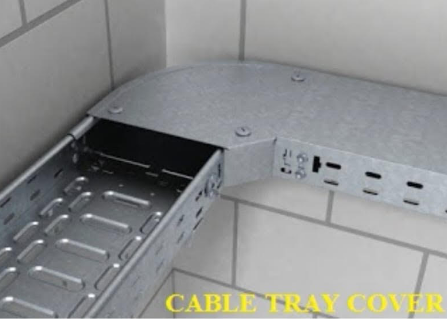
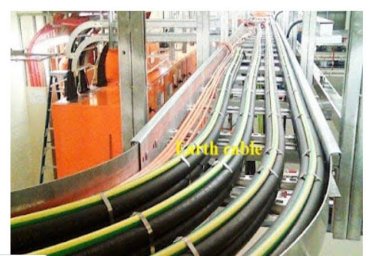
Perforated cable tray
Emergency cables are placed on a special cable tray, separate from the normal cables, so that if the normal cables burn, the emergency cables are not affected. Sometimes the normal emergency cables are placed on one cable tray, but in this case a fire barrier must be placed between them to prevent the fire from spreading to one of them. In case of penetration of walls, it is necessary to install a frame of sheet metal around the cable tray, and fill the gaps with thermal foam, especially when moving from one fire zone to another. The earth cable is placed above the main cables and is not taken into account when calculating the width of the cable tray. These cable trays are connected to the ceiling duct (omega) C channel. Perforated Duct cable trays are used with or without a cover and are mostly used with a cover in outdoor applications, on the roof, and in mechanical rooms. Cable trays are fixed by Rod supports to hang on the ceiling at regular intervals of 1.5 meters at most
perforated cable tray
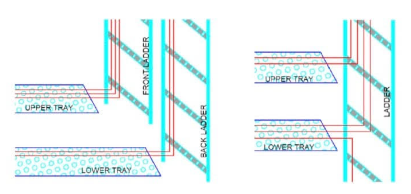
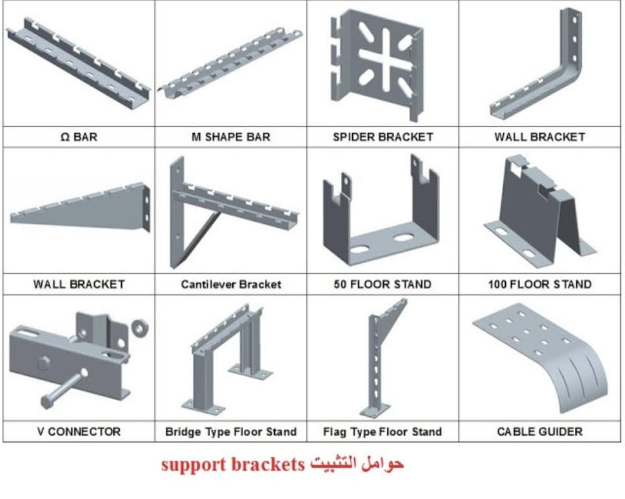
Support Brackets
Channel cable tray
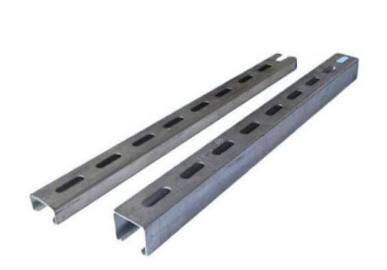
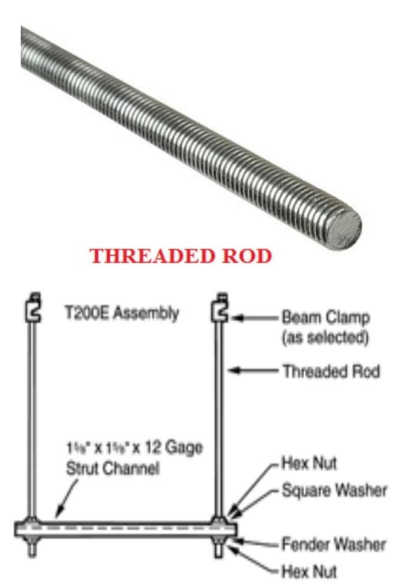
THREADED ROD
Washer and nut
